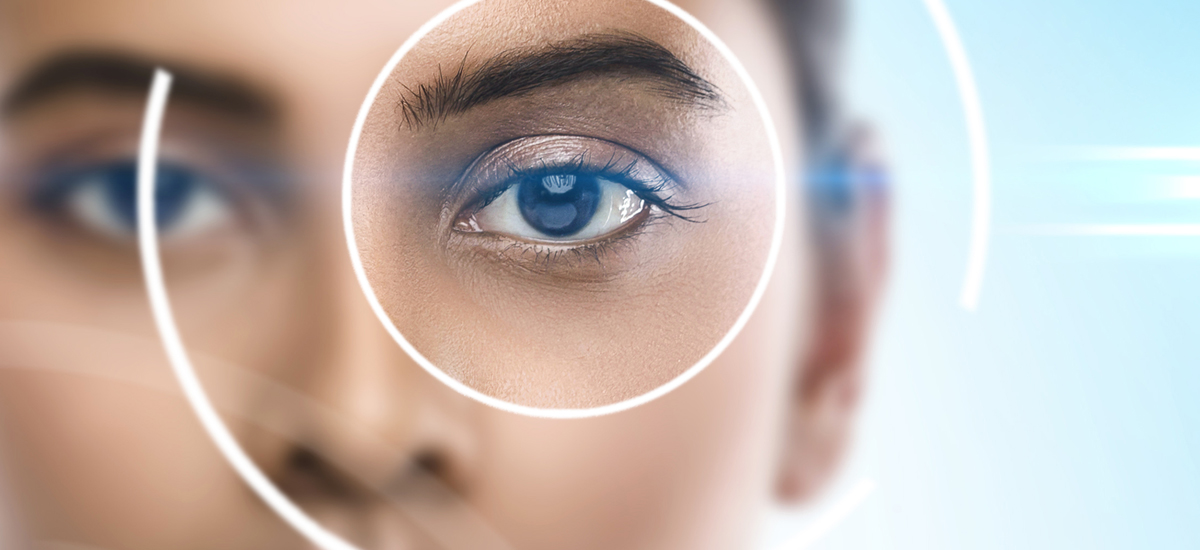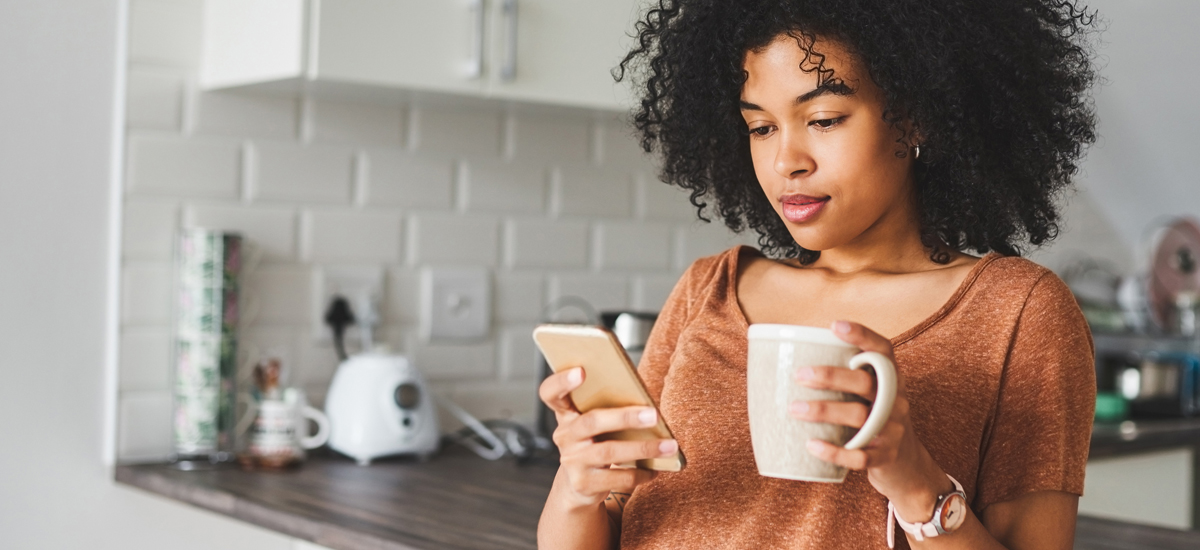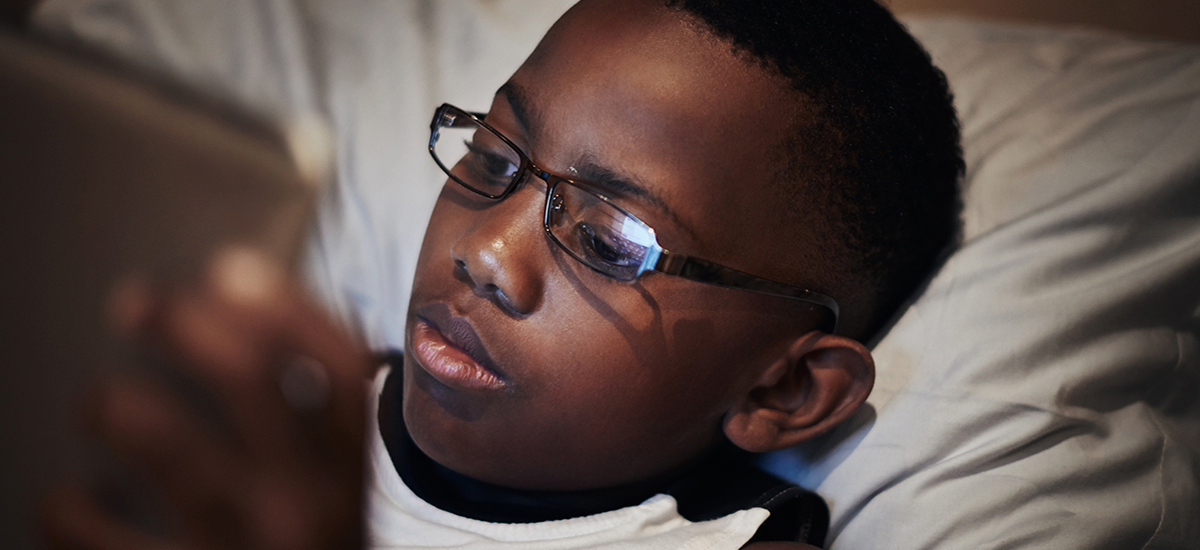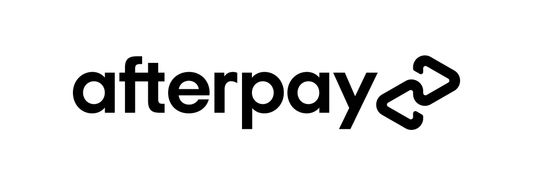What Is Included in a Full Eye Exam?

When most people call an eye doctor’s office, they’re looking for a clinical examination of the eye (or a full eye exam). This appointment is the gateway to better vision, as it gives your optometrist a chance to inspect your eye health and make recommendations based on your individual needs.
But what is included in a full eye exam? While it varies depending on the location and reason for your visit, there are a few general guidelines that remain the same.
Let’s take a look at what our eye care team has to say on the subject.
What is included in a full eye exam?
Your eye doctor appointment will begin with a discussion regarding your vision. During this conversation, we encourage you to ask questions and express your concerns so that our optometrist can diagnose you to the best of their ability during the full eye exam.
The optometrist may ask you about your current prescription to ensure it still meets your needs. Please be sure to bring your existing glasses or contacts so that the eye doctor can inspect them and the overall prescription.
After conversing with you about your vision and prescription, you might be wondering what else is included in a full eye exam. The next step is the eye health and vision assessment, which includes many types of eye tests, such as a vision test, pupil test, eye movement test, eye pressure test, slit lamp exam, and dilated pupillary exam.
Don’t let the eye tests scare you, as they are harmless. The eye pressure test is one that people worry about the most since the eye doctor must release air into your eye. However, while this may be uncomfortable for some people, it’s not painful.
If you express during the full eye exam that you’re interested in contact lenses, the optometrist may perform another type of eye exam: a contact lens exam. This may involve some additional tests, such as corneal topography and a tear film evaluation.
These tests are essential to measure your cornea and ensure you have proper tear production in your eyes. If your cornea has an irregular curve or if your eyes don’t produce enough moisture, contacts may not be an option.
If contacts are suitable for you based on the eye doctor’s recommendation, the eye doctor will set you up with a prescription. They may ask you to come back in a week or two to check on your vision and ensure the contacts are the right fit.
How long are full eye exam appointments?
A full eye exam lasts between one hour to an hour and a half. This includes the contact lens exam and fitting, too. If the eye specialist suspects you have any other eye issues that need to be addressed, the length of the appointment can change.
If you’re worried about your eye exam lasting for too long during the busy workday, we recommend coming early to your appointment. You can also have your vision insurance and photo I.D. handy so that you can give them to the front desk when asked.
Summary: What should you expect at a full eye exam?
While at your comprehensive eye exam, many things will happen. The appointment will start with a conversation with your eye doctor about your eye health and vision. After this conversation, the optometrist will perform a series of eye tests.
What else is included in your full eye exam? If you need contacts, corneal topography and a tear film evaluation may be used. These tests will give the optometrist valuable insight into whether contacts are an option for you. If they are, they will fit your eyes for contacts and send you home with a pair to try out.
Book your eye exam at For Eyes
Have you had your annual comprehensive eye exam? Schedule an appointment with an Independent Doctor of Optometry at your local For Eyes.











